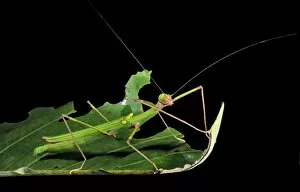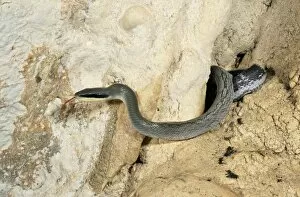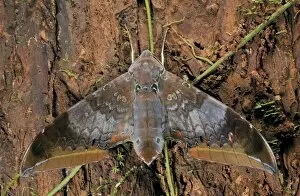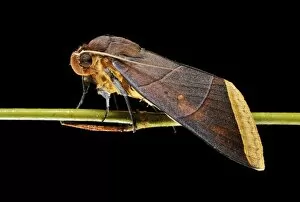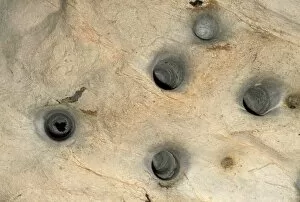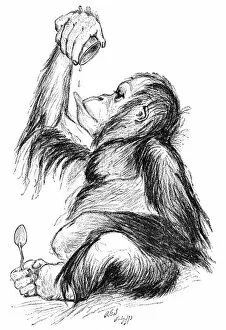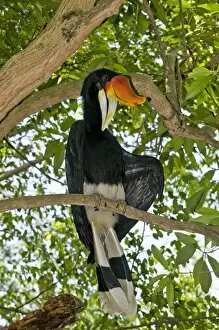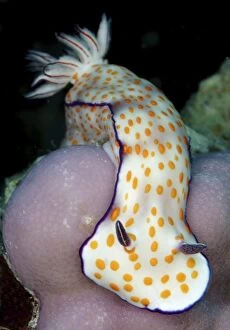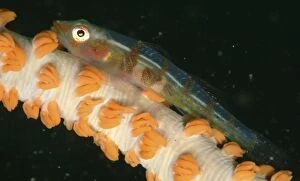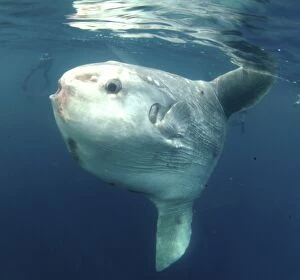Bornean Collection (page 9)
"Bornean Wildlife: A Glimpse into the Enchanting World of Orangutans" In the heart of Borneo, amidst the lush rainforests and vibrant biodiversity
All Professionally Made to Order for Quick Shipping
"Bornean Wildlife: A Glimpse into the Enchanting World of Orangutans" In the heart of Borneo, amidst the lush rainforests and vibrant biodiversity, lies a haven for endangered species. At the Semenggoh Wildlife Rehabilitation Center in Sarawak, Malaysia, one can witness remarkable encounters with our closest relatives - orangutans. As you step into this sanctuary, prepare to be captivated by their sheer magnificence. Towering trees provide a natural playground for these gentle giants as they swing effortlessly from branch to branch. Their reddish-brown fur glistens under the dappled sunlight, blending harmoniously with their verdant surroundings. The bond between humans and orangutans is palpable here at Semenggoh. Dedicated caretakers work tirelessly to rehabilitate these incredible creatures who have suffered due to deforestation or illegal pet trade. Through patient guidance and nurturing support, these once-vulnerable beings regain their strength and independence before being reintroduced into the wild. One cannot help but marvel at their intelligence and adaptability. With every gaze exchanged between human and primate, an unspoken connection forms - a mutual understanding that transcends language barriers. Amongst them stands out a stick insect camouflaged within its leafy disguise; nature's master of disguise silently observing this extraordinary reunion between man and ape. Its slender body sways gently in sync with the surrounding foliage – an inconspicuous observer of this captivating spectacle. Borneo's allure extends far beyond its breathtaking landscapes; it is home to some of Earth's most awe-inspiring creatures like no other place on our planet. The conservation efforts undertaken here serve as a beacon of hope for preserving not only Bornean wildlife but also our shared responsibility towards protecting all living beings that call this fragile ecosystem home.

